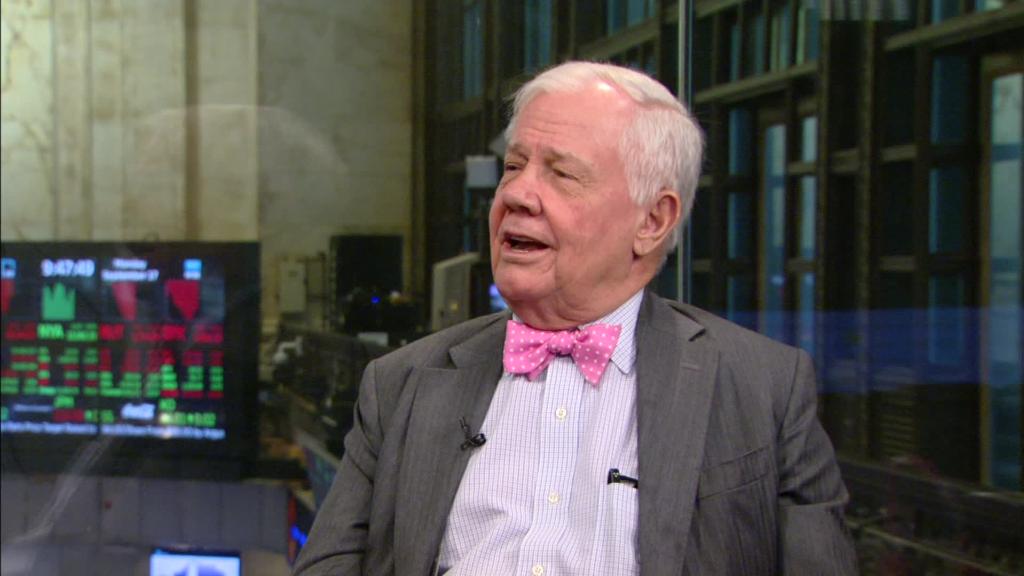
Is there such a thing as being over diversified?
Diversify, diversify, diversify! It's the call of the modern investment adviser. The risk-management strategy allows you to protect yourself from huge losses by putting your investments into different asset classes, funds, geographies or stocks.
While one asset class may perform better than another in a given year, a diversified portfolio will deliver relatively consistent returns over time.
"Diversification may have hurt you this year since emerging markets and international markets haven't done as well," says Brian Face, of Face2Face Financial Planning. "But for the average investor, if you diversify correctly, diversification is going to be a smoother ride in the long run."
Here are some ways to determine if you are getting what you want out of your diversification strategy.
Diversification can be cheaper
"If you are not diversifying you are not investing — you're gambling," says Roger Healy, principal of Hibernian Financial Planning.
"You can't overdo this," he says. Any added investment to your portfolio is going to increase your diversification, he says, and will ultimately lower your risk for the same return or increase your return for the same risk.
However, he says, the 'over-diversification' problem arises when you increase complexity without lowering your risk or increasing your return. This will increase your cost, as well, in the form of extra fees.
Keep it simple, he says, and buy diversification wholesale, at a lower cost through mutual funds or ETFs.
"You probably need no more than 30 well-chosen stocks to have a diversified portfolio, but it is cheaper to buy a basket containing all 500 S&P index stocks, so save time and money and buy the index," Healy says.
Diversification is a strategy that is put into place after your asset allocation, he adds. Buy a basket (or baskets) of securities in the proportions that make sense for your level of risk tolerance.
Redundancies don't diversify
Many estimate the point at which over-diversification occurs is when a portfolio has over 20 stocks, says Samuel Wieser, investment adviser at Northman Financial. But it isn't just about the raw number of investments you hold.
"Just buying a bunch of stocks, bonds, mutual funds, ETFs doesn't necessarily mean you are diversifying," he says. "You can hold five different ETFs or mutual funds that track the S&P 500 and you won't be any more diversified than just holding one of them."
Since they all track the same index, they will all have very similar, if not identical, returns over time. Proper diversification entails buying a mix of securities that differ in size, style, sector, and region of the world.
And just because you have funds with multiple custodians (like TD Ameritrade, Vanguard, Fidelity and Charles Schwab) does not mean you're diversified. You may ultimately be invested in similar funds and are just paying more in fees.
Check your work
The most common way to measure if holding two or more securities will provide your portfolio with diversification is to look at the correlation between their historical returns, says Weiser.
"One key mistake many make when looking at correlation is that they use a static figure," he says. "Two securities may go through periods in which they are highly correlated and others in which they are relatively uncorrelated. So if you just look at the correlation over the past 12 months or past 36 months, it can be misleading. A better approach is to look at the rolling correlation over a long period of time."
Alternatively, you can look at the returns of your various holdings over time, says Weiser. "Many will likely grow together or decline together, but you are likely only over-diversified if they are growing and declining at the same rate over the long term."
Have an investing question? Ask us here to be included in a future column.

